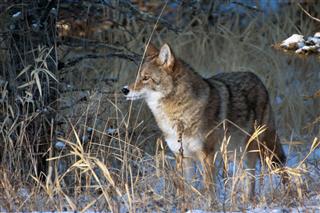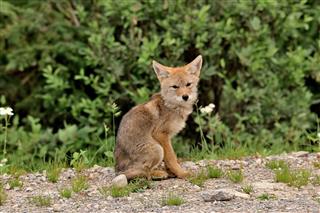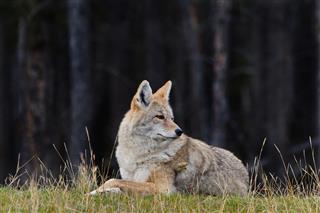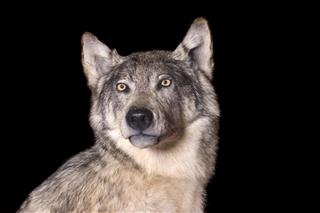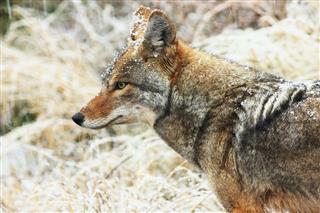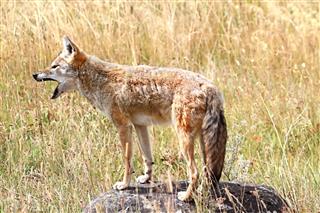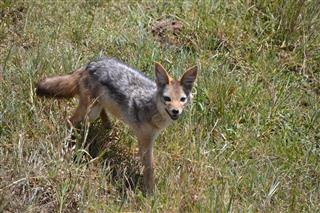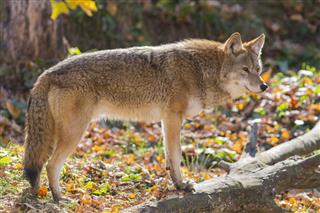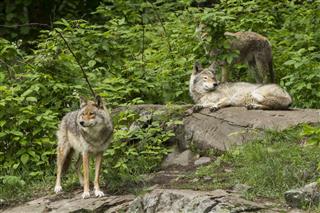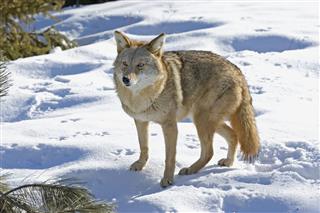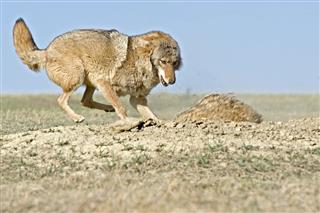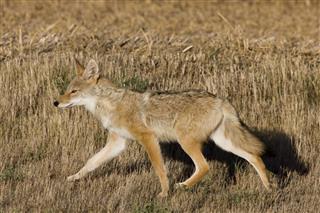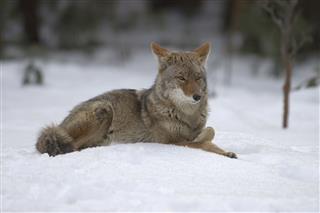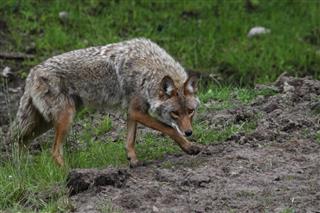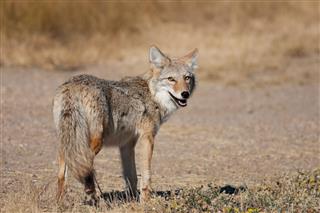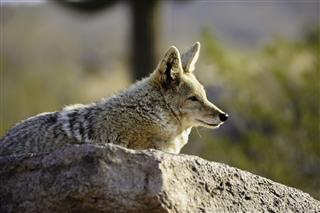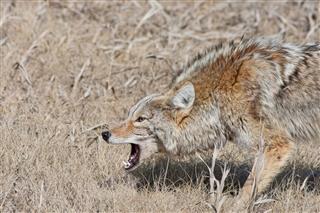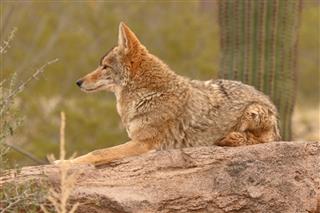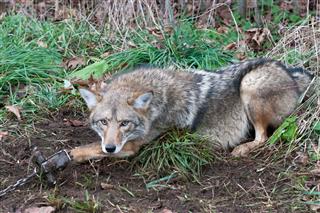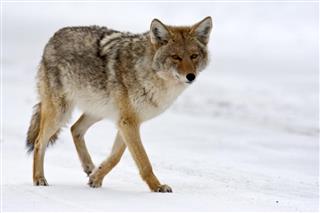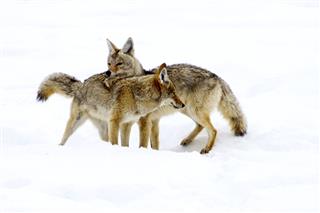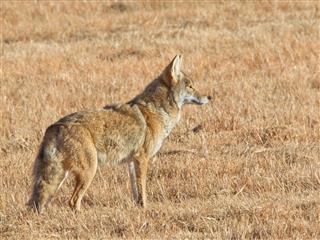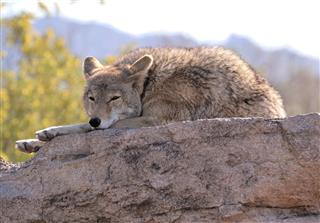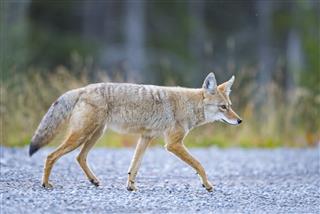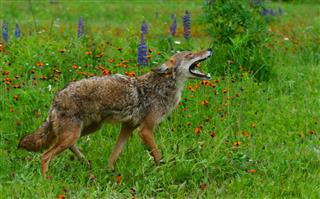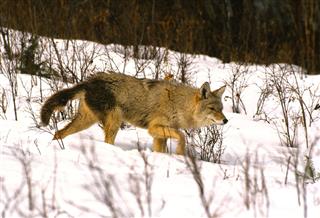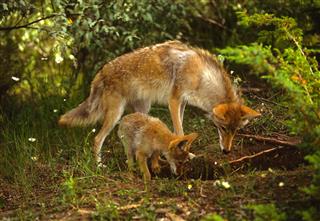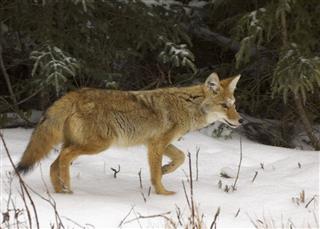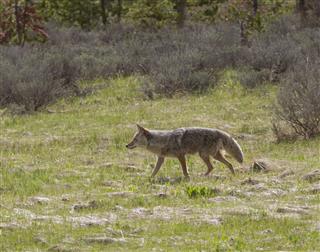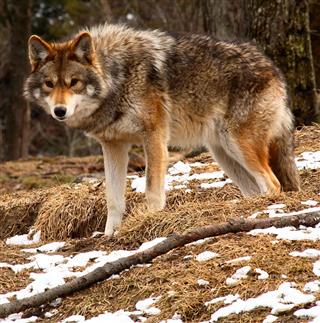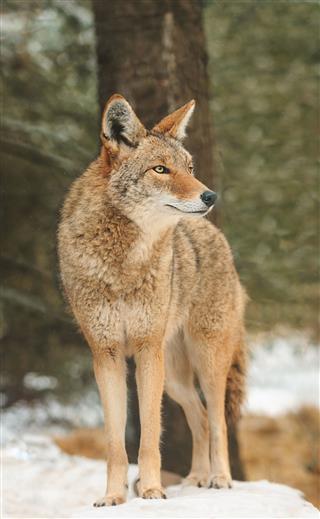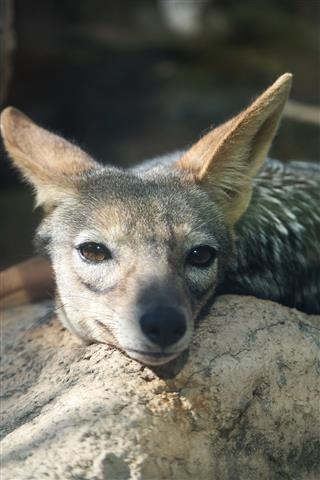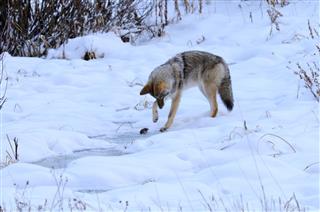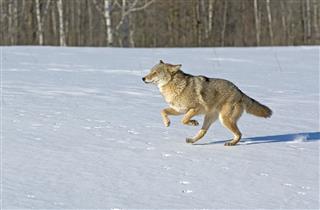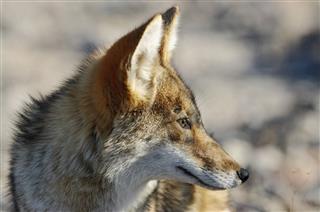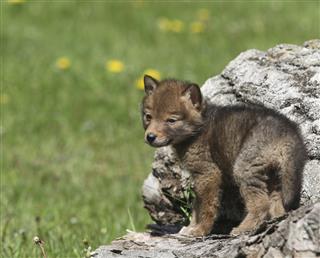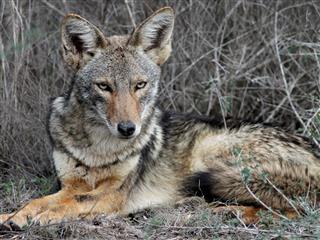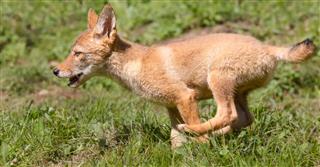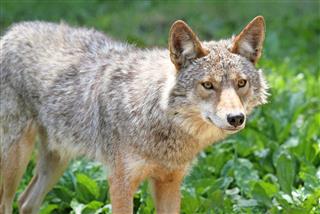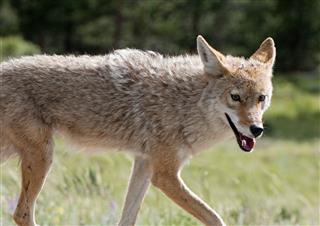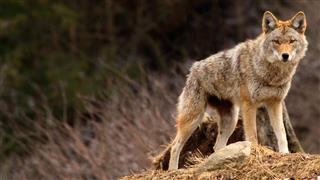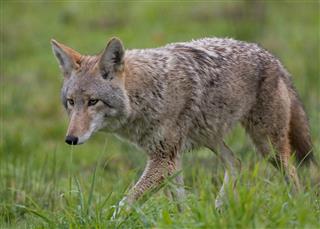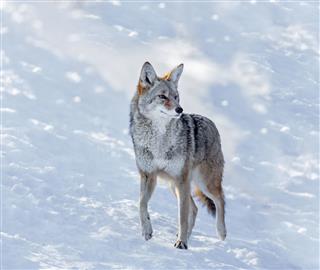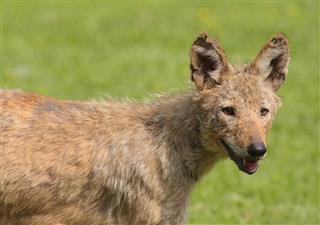
The interesting facts about coyotes go well beyond the depiction of this species in popular culture. While there is no questioning that, what is even more interesting is their ability to survive in such a wide range of habitats – including the suburbs alongside human beings.
Not many species out there can boast of adaptation skills at par with the coyotes – the adaptation skills which have helped this canine survive human encroachment in its native habitat. A member of the Canidae family (other members of which happen to be wolves, foxes, etc.), coyote is also referred to as the American jackal or prairie wolf. Its scientific name – Canis latrans literally means ‘barking dogs’.
Coyote – Prairie Wolf
The geographical range of coyotes extends across North America and Central America; right from Alaska in the north to Panama in the south. As many as 19 sub-species of coyotes are found in this region; of which 16 are found in the United States, Canada and Mexico, while the remaining 3 are found in Central America.

Although they are hunted extensively, coyotes have largely been successful in expanding their geographical range. Coyote sightings have become much more common in urban areas like California, Oregon and New Jersey.
Appearance: The fur coat of a coyote ranges from grayish brown to yellowish gray color, with patches of white fur on its belly and throat. Its black tipped tail has scent glands on its dorsal base. Their habitat plays a vital role in determining their appearance. Mountain dwelling coyotes sport a darker fur compared to their counterparts found in the desert, who sport a lighter yellowish fur. An adult measures somewhere around 30 to 34 inches in length, 23 to 26 inches in height, and can weigh anywhere between 15-46 lbs. At the same time, it is also observed that the coyotes from northern areas are heavier as compared to those found in southern areas.
Habitat: Coyotes are very adaptable animals, and that becomes all the more obvious from the fact that it has expanded its habitat across the plains, prairies and deserts of North and Central America. They are not just scavengers, but are also very good hunters. Basically an animal of the plains, coyotes are known to cover several miles in search of food. Over the years they have adapted themselves to diverse environment right from snow-clad Alaska to Mojave desert in California. Owing to their superb adaptation skills, they can survive in forests, plains or deserts with equal ease. More importantly, they are very tolerant when it comes to being in vicinity of human beings – and that’s a characteristic which has helped it adapt to the urban settings of California as easily as to the wilderness of Mojave.
Diet: Coyotes are omnivores in nature, but most often feed on small mammals like the Prairie dogs, eastern cottontails, ground squirrels and mice. Other than these mammals, they are also known to feed on birds, snakes, lizards and livestock. Fruits and vegetables form an important part of their diet during winter and autumn, when food is scarce. Coyotes are seen scavenging on carrion at times, though it is observed that they prefer to eat fresh meat from their kills.
Hunting Skills: The hunting techniques for a coyote depends on the size of its prey. In case of small animals like mice and ground squirrels, they use their sense of smell to efficiently track the prey and then stalk it from the grass. When hunting a larger prey, like a deer for instance, the coyotes drive the prey to exhaustion and then attack it from the rear and flank it, or pull it down to the ground. A pack of coyotes can bring down an animal as big as Elk which weighs about 550 lbs. Their powerful sense of hearing and smell is of great help when it comes to hunting. They are remarkable runners, with the ability to clock a speed of 40 miles per hour, and are also very good swimmers. Most often considered as crepuscular or nocturnal animals, coyotes are occasionally seen hunting during day.
Reproduction: Mating among coyotes usually occurs between January and March, with the gestation period lasting for somewhere around 60 to 63 days. On an average the litter consists of 6 pups, each pup weighing approximately 250 grams at birth. They open their eyes after 10 days from birth, and are totally weaned by the 35th day. The male pups disperse into solitary life once they are 6 months old, while the female pups stay back and become a part of the pack. Coyotes attain full growth by 9 to 12 months and become sexually matured after a year.
Conflicts with Other Species and Humans: Coyotes very often come into conflicts with other animal species, especially the ones with whom they share their native habitat. Other than the Gray wolf, which happens to be the major predator of coyotes, they are also threatened by bears, cougars and lynx cats. In 1995, the reintroduction of Yellow Stone Gray Wolf resulted in a drastic fall in coyote population in this region. Over the period, they have also come in contact with human beings which has resulted in conflicts with casualties on either sides.
Coyotes are known to become quite violent at times, and incidents wherein human beings, especially small children have been attacked, are not very rare as such. They are also regarded as pests by the farmers, mainly because of their tendency to attack and feed on their livestock.
Ninety per cent of coyote deaths are caused by human beings either by laying traps, poisoning or shooting them. Humans, perhaps, have failed to understand that they can also be friends. Often regarded as pests themselves, coyotes are known to feed on pests such as rodents and help farmers. While conflicts are bound to arise when two different species come face to face, the onus is on humans – being the smarter of the two, to understand that, conflicts are best avoided.









